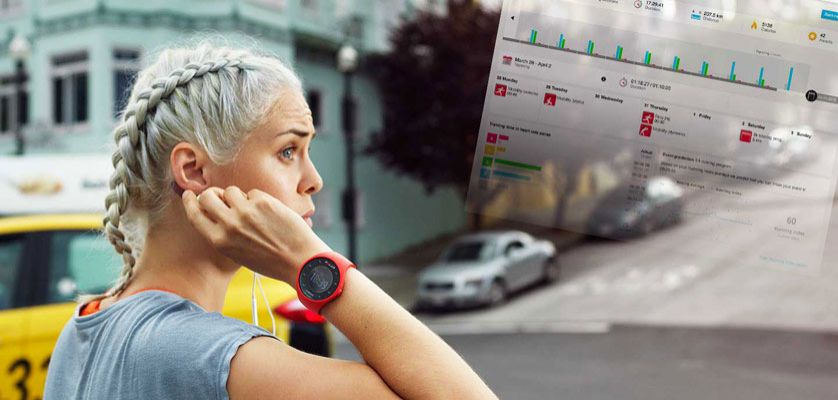The heart rate monitor is a sports watch designed primarily to monitor your heart rate in beats per minute while practicing a sporting activity. The heart rate monitor is the equivalent of the revolutions of a car, but in this case of the heart. If you know how to use and interpret it, it can lead you to increase your performance, your recovery periods and your work thresholds.
The heart rate monitor is the most effective and objective technological tool today for increasing aerobic endurance, a key aspect for any runner. It saves you from making mistakes, something that happens if you let yourself be guided by your sensations. For this, before starting any type of sports training, it is important to know the heart rate of the person at rest and also on a regular basis, once we have started training. Thanks to this parameter you can obtain invaluable information on the state of fitness of your heart, a key muscle for the aforementioned aerobic capacity.
You may be interested in: The 11 best heart rate monitors without a chest strap.
To start using a heart rate monitor effectively, the first thing you need is a couple of key pieces of information. These are: yourmaximum heart rate (MHR), which is the highest number of beats your heart can beat per minute, and your resting heart rate, or HRF.
If you want to know your maximum heart rate you have two options:
- The simplest is a mathematical formula that consists of subtracting 220 minus your age. From this data, you will be able to establish with your heart rate monitor the different heart rate zones for each of your training sessions.
- However, the most accurate way to calculate your maximum heart rate is by performing a stress test. Once you know the figure, you enter this parameter into your heart rate monitor and the watch will suggest intensity zones for your training that are much more reliable than if you use the previous method. Thanks to this effective method you will know when you start working in aerobic and anaerobic conditions, what type of metabolism you are using; you will know your own limits and also when fatigue or tiredness appears.
For those who are new to the subject of how to start using a heart rate monitor, we explain below the different intensity zones that exist, depending on your training objectives:
- 60 - 70% A range that we could call optimal for recovery periods.
- 70 - 80% This is the ideal zone for aerobic training and is where improvements in physical condition occur.
- 80 - 90% A high intensity interval and recommended for runners who are in good physical condition. In this zone you are exercising close to the anaerobic threshold and your body begins to metabolize the lactic acid generated as a result of the intensity of the training.
- 90 - 95% A purely anaerobic training zone , which implies a lack of oxygen. For this reason, it is only recommended for professional or very high level athletes.
The heart rate monitor is the perfect ally to progress more quickly and effectively in each of the training sessions. The sports watch is like a kind of personal trainer as long as you know how to use it correctly. Otherwise, it could become an enemy, as overtraining could lead to serious risks to your health.
Here are three tips depending on the type of training you want to do:
Long runs
If you're running for long intervals, it's best to exercise at a threshold of 85-90% of your heart rate. This does not mean that you should push yourself to the max. You are training, not racing. Make no mistake!
Fartlek workouts
If there is one kind of training for which a heart rate monitor is really useful, it is fartlek, because with the electronic device on your wrist you can measure your speed during each session. Make sure your heart rate is between 65-70% of your heart rate.
Recovery training
After an intense and demanding training session it is necessary and important that you do recovery work, so it is essential that you keep your activity at a calm level. In recovery-focused sessions, work at a threshold of 70-75% of your heart rate.

